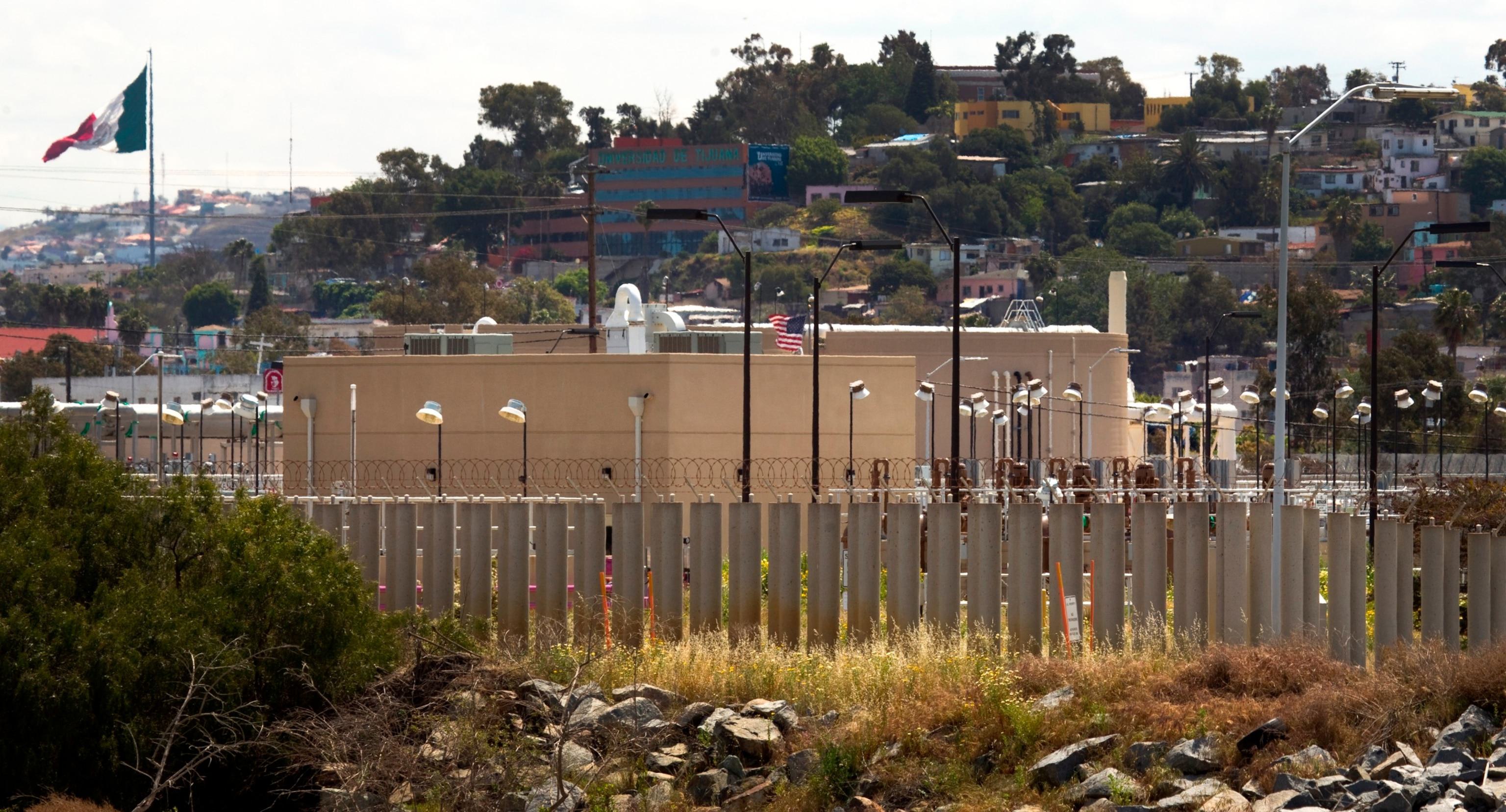Ocean Current Collapse Warning Signal Detected; Climate Change Impacts Loom Large
February 10, 2024 - Reading time: 2 minutes

A crucial system of ocean currents may already be on course to collapse, according to a new report, with alarming implications for sea level rise and global weather — leading temperatures to plunge dramatically in some regions and rise in others.
Using exceptionally complex and expensive computing systems, scientists found a new way to detect an early warning signal for the collapse of these currents, according to the study published Friday in the journal Science Advances. And as the planet warms, there are already indications it is heading in this direction.
The Atlantic Meridional Overturning Circulation (the AMOC) — of which the Gulf Stream is part — works like a giant global conveyor belt, taking warm water from the tropics toward the far North Atlantic, where the water cools, becomes saltier and sinks deep into the ocean, before spreading southward.
The currents carry heat and nutrients to different areas of the globe and play a vital role in keeping the climate of large parts of the Northern Hemisphere relatively mild. For decades, scientists have been sounding the alarm on the circulation’s stability as climate change warms the ocean and melts ice, disrupting the balance of heat and salt that determines the currents’ strength.
While many scientists believe the AMOC will slow under climate change, and could even grind to a halt, there remains huge uncertainty over when and how fast this could happen. The AMOC has only been monitored continuously since 2004. Scientists do know — from building a picture of the past using things like ice cores and ocean sediments — the AMOC shut down more than 12,000 years ago following rapid glacier melt.
Now they are scrambling to work out if it could happen again. This new study provides an “important breakthrough,” said René van Westen, a marine and atmospheric researcher at the University of Utrecht in the Netherlands and study co-author. The scientists used a supercomputer to run complex climate models over a period of three months, simulating a gradual increase of freshwater to the AMOC — representing ice melt as well as rainfall and river runoff, which can dilute the ocean’s salinity and weaken the currents.

DW Staff
David Lintott is the Editor-in-Chief, leading our team of talented freelance journalists. He specializes in covering culture, sport, and society. Originally from the decaying seaside town of Eastbourne, he attributes his insightful world-weariness to his roots in this unique setting.



